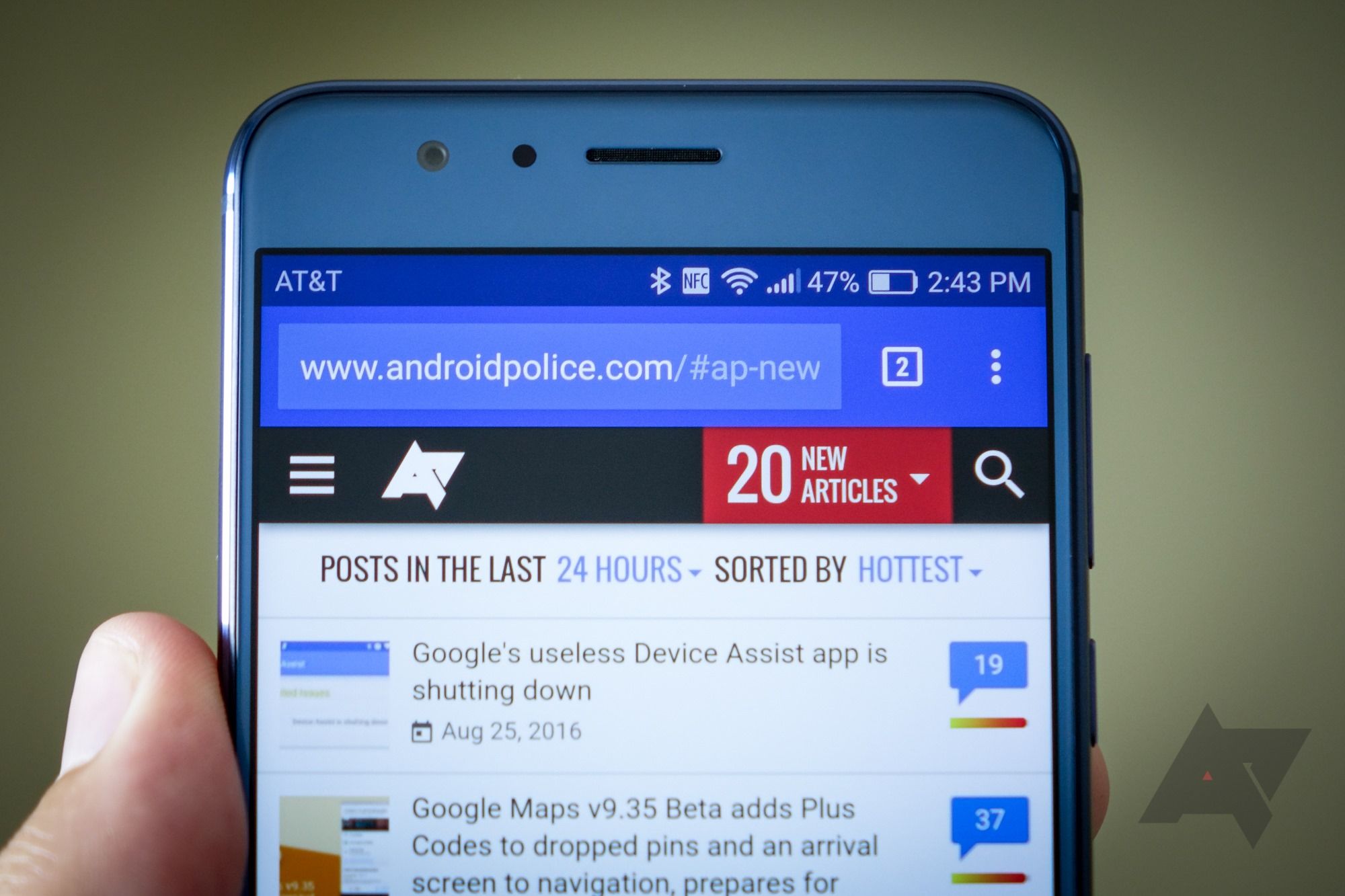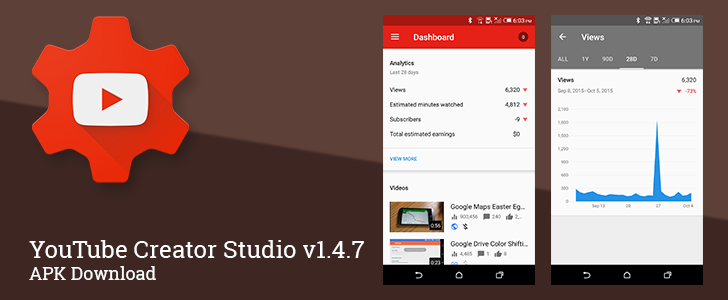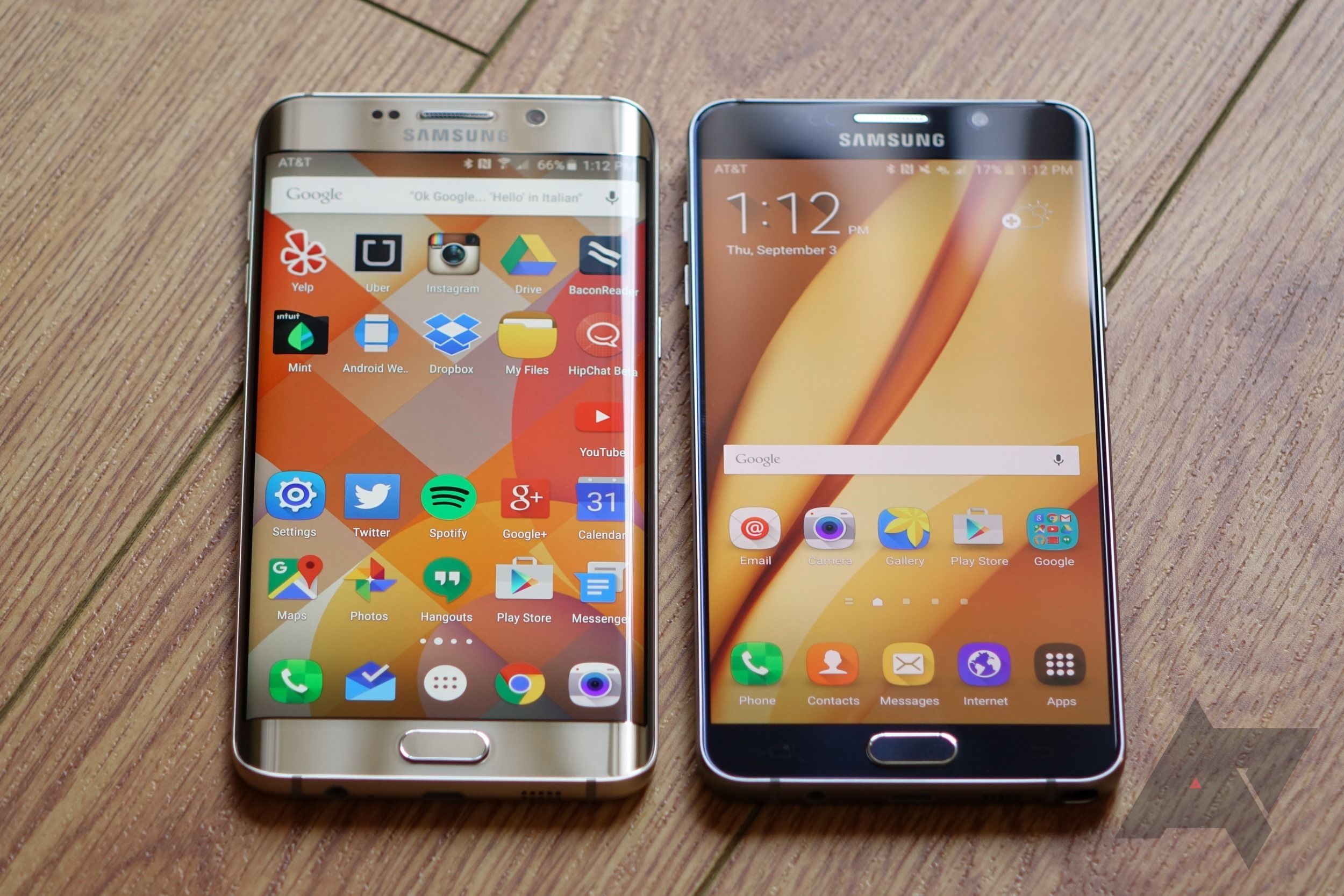latest
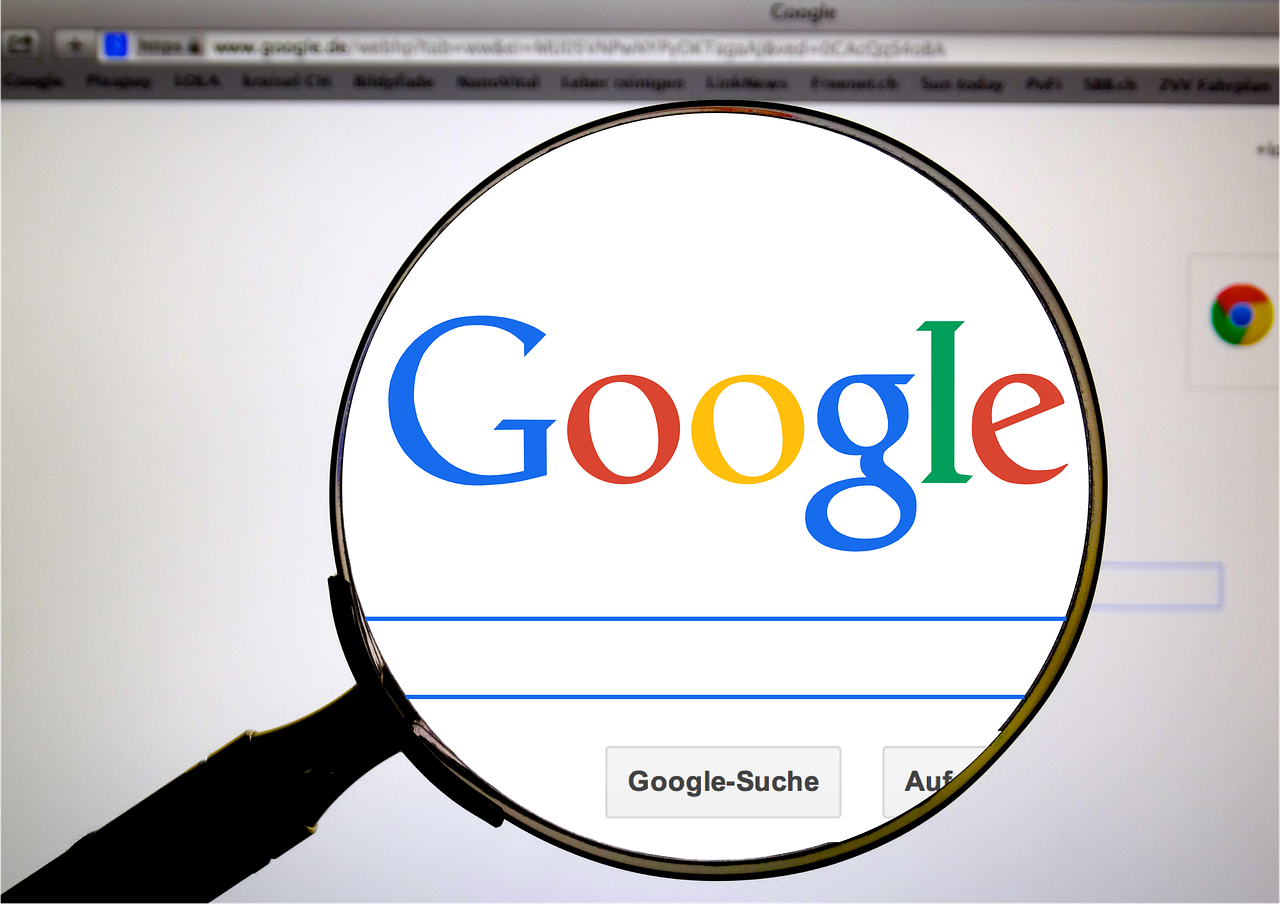
How many Google searches occur each day and other useless Google facts
Nuggets of knowledge about everyone's #1 web destination
Google, the tech titan we all know and regularly use today, was founded by visionaries Larry Page and Sergey Brin. Beginning as a basic yet peculiarly-named search engine running on an even more peculiar server, Google has shot to unprecedented heights and now dominates the internet and our Android devices. But how often do you wonder about the mystery and trivia behind Google's stardom?
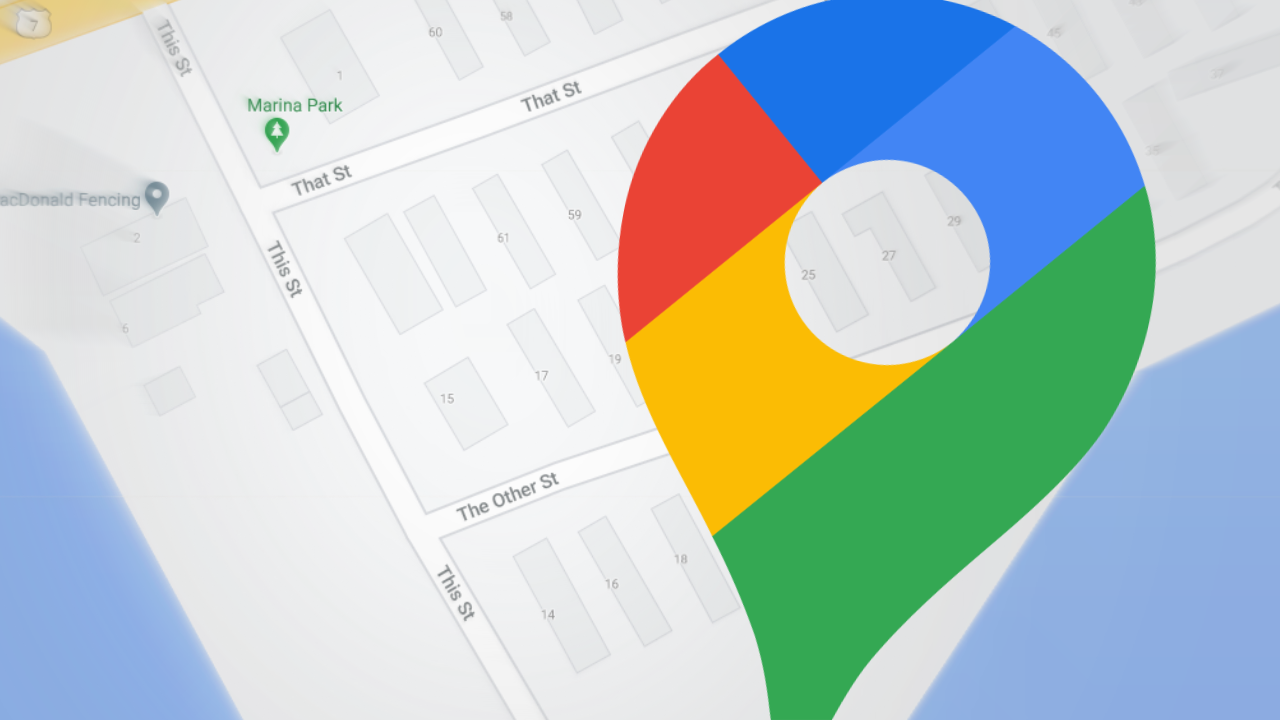
Google Maps: Nifty new Insights feature is now rolling out more widely
Monthly travel stats derived from your timeline
Read update
Google Maps keeps track of your daily timeline, and though its level of accuracy can feel a little too invasive, it's an excellent tool for tracking vacations, road trips, and any other travel. Timeline is getting a fresh coat of paint, along with a couple of new features to help you track your activity on an even deeper level. The new Insights tab now appears to be rolling out to more users.
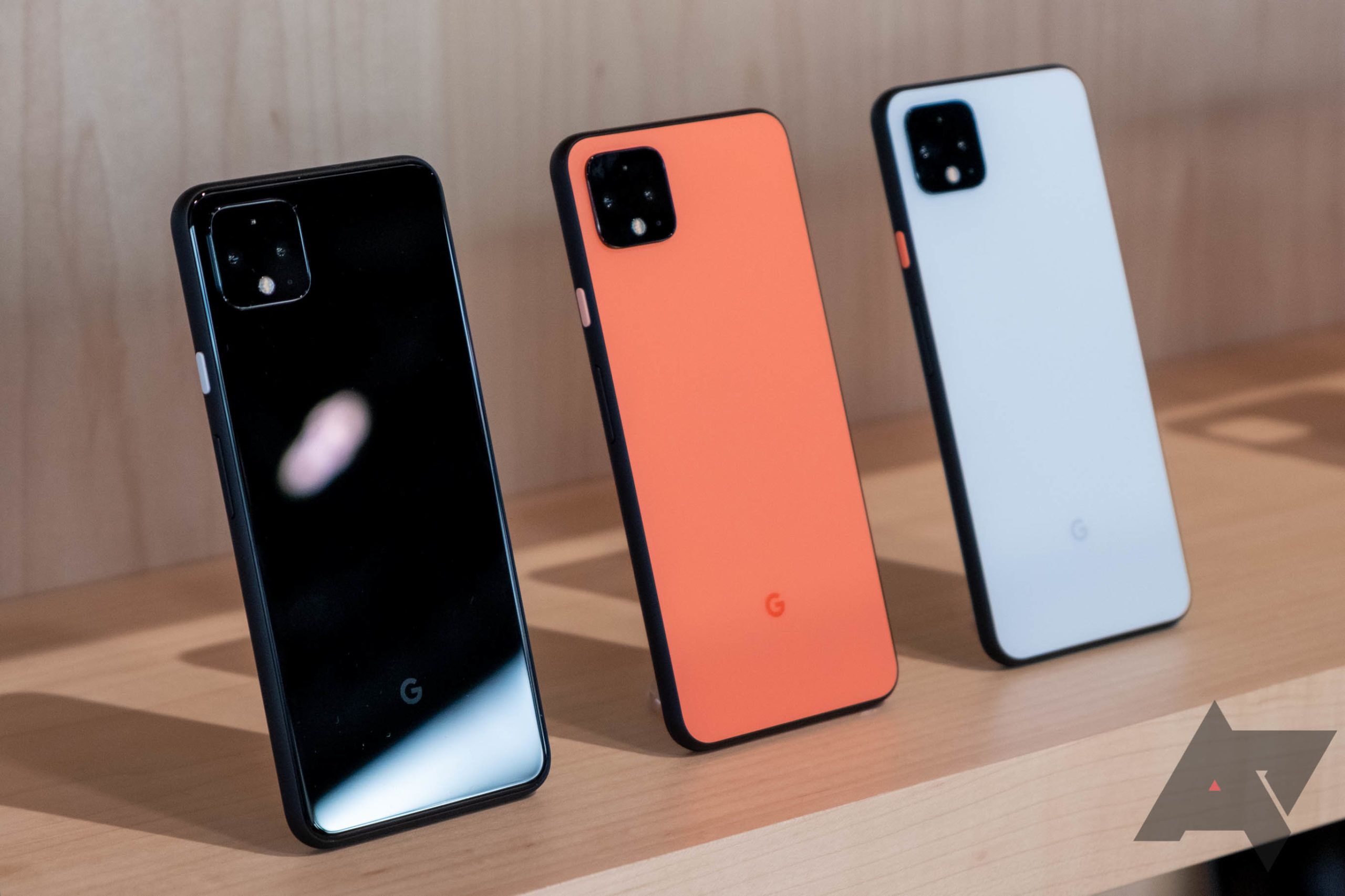
The most (and least) popular devices used to browse Android Police in 2020
Spoiler: Y'all like Pixel phones
Back in 2017, we published a list of the most and least popular smartphones and tablets used to browse Android Police (the site you're reading right now). Many of you loved seeing where your favorite devices ended up in the rankings, but we never published followup posts for subsequent years — until now! We're back with a new installment for 2020, with more fun facts about the kinds of phones and tablets our readers use.
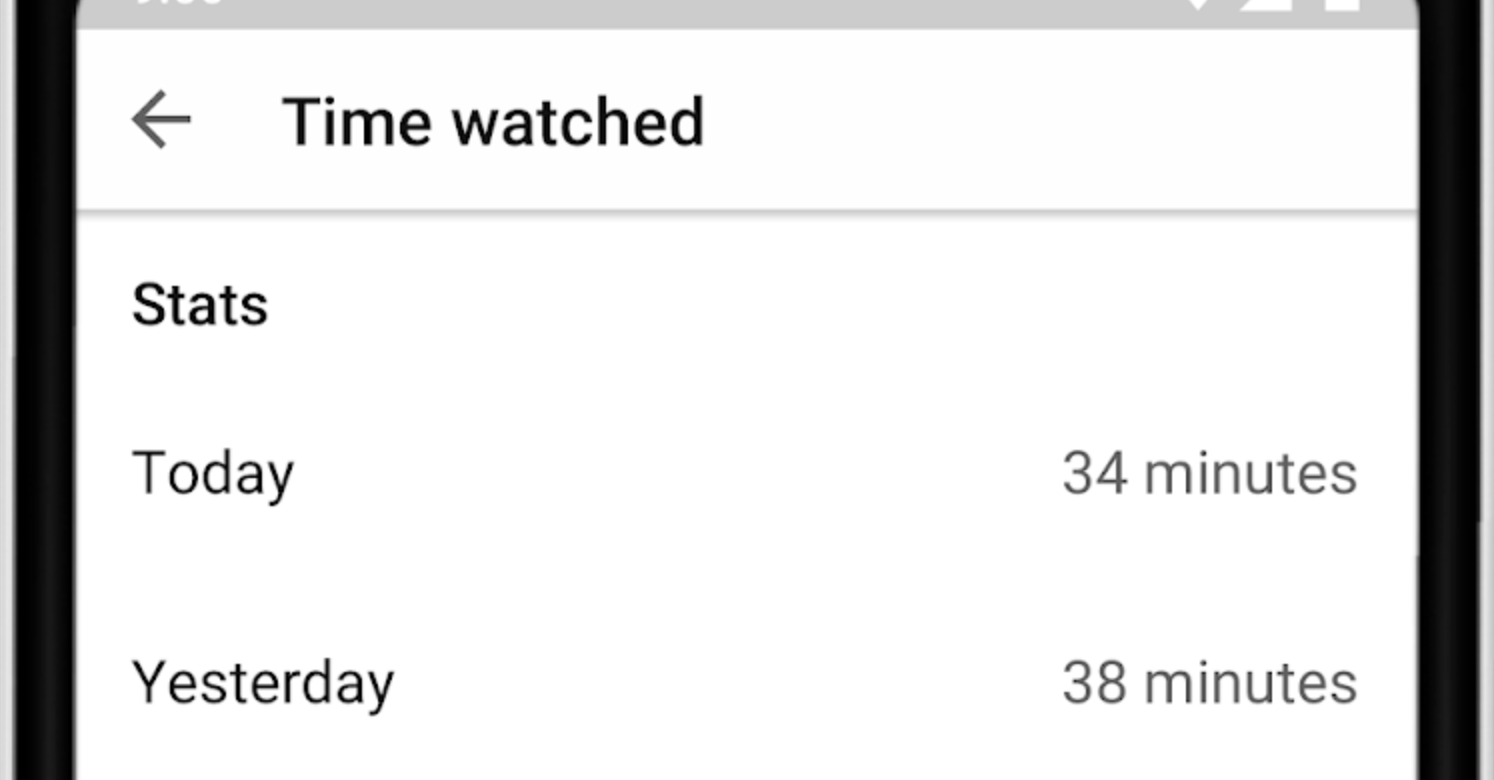
Google first demoed its Digital Wellbeing initiative back in May at I/O, but it took until this month for it to officially debut with Android 9 Pie. We've already checked it out and given our thoughts on it, but it's no surprise that Google is still working on it. 'Time watched' statistics have just been added to the YouTube app, allowing for better control over your watching habits.
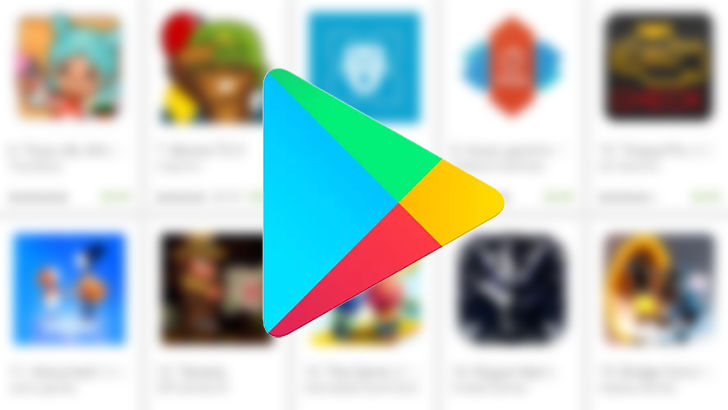
For a while now, App Annie has been offering its metrics to interested parties so developers can better understand their place in the app economy. Careful examination and integration of data like this, paired with the knowledge of a target audience, can influence where a developer's time can be best spent. And according to App Annie's latest report, Play Store downloads are up significantly, with a 20% rise year-over-year, and 160% higher than Apple's Play Store. On the other hand, consumer spending is still 80% higher on iOS.
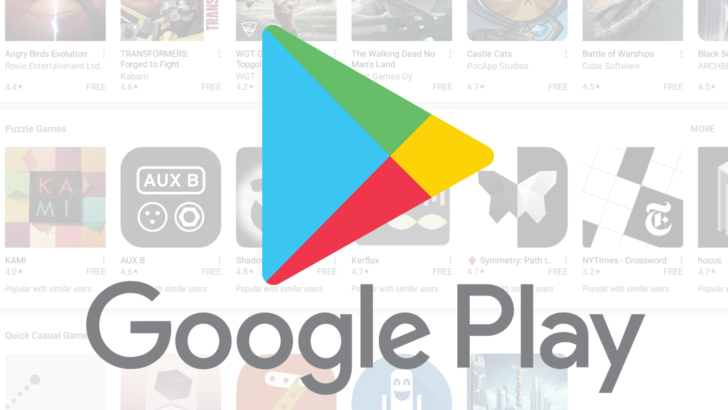
People are downloading more apps than ever. According to App Annie, the Google Play Store saw over 19 billion downloads in Q4 2017, with year-over-year growth at 10%. That's around 145% more than the Apple App Store, which garnered around 7.7 billion downloads. That being said, the App Store still blew the Play Store away in terms of revenue.
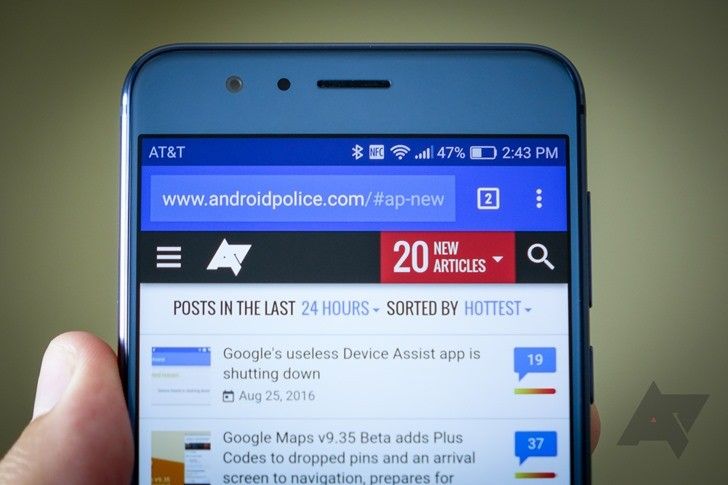
Last August, I published a list of the most and least popular smartphones and tablets used on Android Police. That post was surprisingly popular - and I've had repeated requests for a follow-up. Now that well over a year has passed, I think the time is right for a new installment, and one spanning a far greater time period than the month-long data set I used to compile the last version.

Considering its reliance on many, many balls, Verizon's latest network comparison ad is fairly innocuous. It uses statistics from a Root Metrics study to boast about Verizon's wireless coverage and performance in relation to its competitors AT&T, Sprint, and T-Mobile. The ad is obviously intended to make Verizon look good, and the combination of a condescending voice-over and an elaborate visualization are particularly disparaging to the cheaper, smaller networks. T-Mobile took exception, noting that Verizon paid Root Metrics for the study and didn't account for some of the company's newer network upgrades, in a CinemaSins-style debunk video.

LG has more reasons to celebrate this Christmas eve (or day, by Korean time). Santa just dropped a nice statistic in its stockings and it says that 450,000 V10 units were sold in the 45 days that the device has been on the market.

In just 3 weeks, we expect Google to officially announce a new subscription option that will allow users to enjoy YouTube completely ad-free. In the lead-up to this, both the web service and its Android apps have received a swarm of updates and features. In just the last month, there has been a revised web player, search for 360-degree videos, and some improvements to YouTube Kids (with more to come). There has even been a pretty severe service interruption for Music Key subscribers, most likely as a result of upgrades to the software. With so much happening, it comes as no surprise that the YouTube Creator Studio app also received an update. The new version finally brings a Material redesign and adds traffic sources to the Analytics screen.

As a keen and professional observer of the modern consumer electronics market, I can say without fear of contradiction that smartphone screens are getting bigger. So can columnist Alex Barredo, but he's done an impressive amount a statistical legwork and presentation to prove it. On the surface his analysis of smartphone size screen trends may seem obvious, but within you can find dramatic shifts in patterns of both the overall market and specific companies. It's worth a read if you're interested in trends and device design.

If you're a fan of the CyanogenMod family of custom Android ROMs, then you're in extremely good company. According to CyanogenMod's official statistics page, the ROM and its derivatives are now running on just over 10 million Android phones and tablets. Those statistics come from CyanogenMod users who voluntarily report activity via the built-in CMStats function, so the actual number of devices could be higher. CyanogenMod's head honcho and Cyanogen Inc. CTO Steve Kondik announced the news on Google+.

[New App] Cloud.tv Launches App Stats Beta, Lets Developers Obsessively Watch Rankings And Statistics
One of the truest shared experiences between people who create anything for public consumption is a ravenous desire to know how many people are using
One of the truest shared experiences between people who create anything for public consumption is a ravenous desire to know how many people are using it and what they think. Just ask most bloggers and web developers, and you will hear how much they love the real-time statistics from Google Analytics. Unfortunately for app developers, there really isn't a great way to keep fresh information in front of our eyes without mashing the F5 key while staring at a web browser. The engineers at cloud.tv, known for HD Widgets, felt the same way and created App Stats, a very capable tracking and notification app.

Well, it's that time again – time for the monthly update to Android's Platform Distribution Numbers. Each month, Google publishes the latest figures, letting developers know what versions of Android are currently dominating active devices.

An analysis of recently compiled data by ABI Research indicates that Android phones are for the first time downloading apps in greater numbers than Apple's iPhone. This would seem like a milestone, but ABI's research also shows that while the total number of apps downloaded onto Android devices in the last quarter exceeds that of the iPhone, Android handsets outnumber iPhones by a factor of 2.4 to 1.
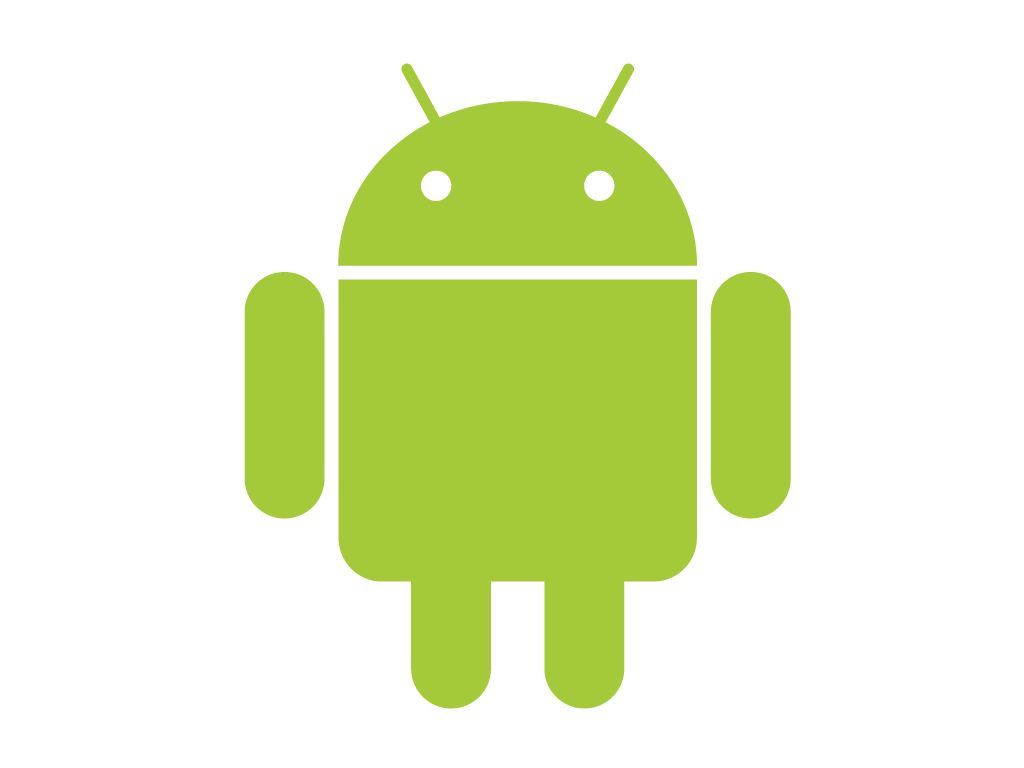
According to market research firm Strategy Analytics, Android now holds 30% of the tablet market, which is a massive jump from 2.9% in Q2 of last year. This can certainly be attributed to the slew of Android-powered tablets released in the last several months, like the Asus Eee Pad Transformer, Acer Iconia Tab A500, Samsung Galaxy Tab 10.1, and HTC Flyer/View 4G.

Conferences like Google I/O give companies a chance to update curious parties will all their major goings-on, but also allows them to flaunt their stats a little bit. Android's success is noted by just about everyone these days, and Google's decided to keep on proving it by providing its latest activation and app figures.






